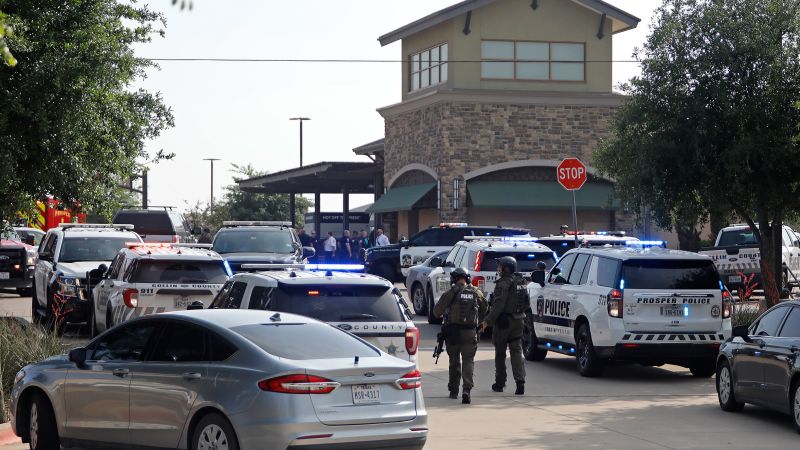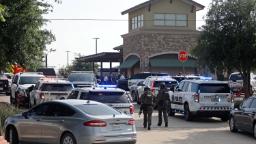

CNN
—
Within hours of the mass shooting on Saturday at a Texas outlet mall, some Twitter users shared gruesome pictures of bloodied bodies, purportedly from the crime scene. At least one image appeared to be of a child.
These images were harder to avoid on the platform, according to some users, in part because they were shared from accounts that had paid to be verified – an option introduced under owner Elon Musk that can elevate the visibility of a user’s tweets.
“Graphic material often found its way onto Twitter in the past but it was more likely to be downranked and hard to find,” Emily Bell, director of the Tow Center for Digital Journalism at Columbia University, said in a tweet. “The new screwed up system seems to prioritize these vile accounts and presents material at the top of the feed. Awful.”
Jennifer Mascia, a CNN contributor and senior news writer at The Trace, a non-profit journalism outlet devoted to gun-related news, said the images “were unavoidable.” She added: “I was shocked that that video and those images stayed on Twitter as long as they did… In a different era of Twitter, they wouldn’t have been circulating, they would have been taken off immediately.”
Twitter, which has cut much of its public relations team, did not respond to a request for comment.
The apparent spread of these images has revived scrutiny around how social media platforms handle graphic content from mass shootings. Social media platforms typically have policies that restrict sharing graphic content, with certain exceptions. On Twitter, for example, users are technically prohibited from sharing content that shows “gratuitous gore,” a category that includes “dismembered or mutilated humans.” Other forms of graphic media may be allowed, as long as the user marks their account as sensitive.
But it has also reignited a larger debate around the potential value of sharing graphic pictures to shape the public discourse at a time when mass shootings happen regularly in the United States.
There have been 202 mass shootings in the US within the first five months of this year, according to the Gun Violence Archive, compared to 647 mass shootings in 2022. The nonprofit and CNN define mass shootings as those in which four or more people are shot, excluding the shooter.
The attack on Saturday was the second-deadliest US mass shooting of the year so far. Eight people were killed and at least seven others wounded when a gunman opened fire at the outlet mall in Allen, Texas, according to local officials.
In an interview with CNN affiliate KTVT on Sunday, Steven Spainhouer, an Army veteran and former police officer who helped administer first aid at the scene, described the horror he encountered. “The first girl I walked up to … I felt for a pulse, pulled her head to the side, and she had no face,” he said.
But in a tweet Saturday night, Spainhouer slammed a photo from the mall being shared on social media. “I do not want to see the photo floating around on social media, taken while I was calling 911 and trying to render aid at the Allen Outlets,” he wrote. “The least you could have done is help, not take photos of people at death’s doorstep.”
Mascia, meanwhile, said she was “shocked at how many people” were debating the merits of posting such pictures. Some, she said, may not have wanted to post the images themselves but also felt that “maybe it’s time we have to talk about this.”
The reckoning over whether to show the public gruesome images of violent acts dates back decades in the United States. In 1955, an image of a murdered Black teenager was published in Jet Magazine at the urging of his mother.
This haunting picture of Emmett Till’s mutilated body was seared into the minds of many as an enduring image of the racist violence of the era – and many linked the publication of the image to helping galvanize Americans to join in the Civil Rights movement.
More recently, the debate reemerged as Americans reacted with shock and horror to the deadly school shooting that took place less than a year ago in Uvalde, Texas.
“It’s time, with the permission of a surviving parent, to show what a slaughtered 7-year-old looks like,” David Boardman, the dean of the Klein College of Media and Communication at Temple University, tweeted in the aftermath of the shooting at Robb Elementary School in Uvalde that left nineteen children and two adults dead.
Boardmen added in his tweet at the time that he “couldn’t have imagined saying this years ago,” but argued that by showing the public these images, “Maybe only then will we find the courage for more than thoughts and prayers.
